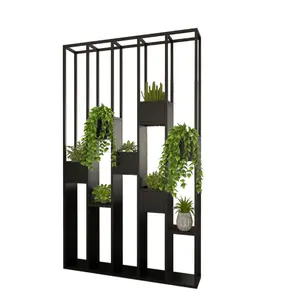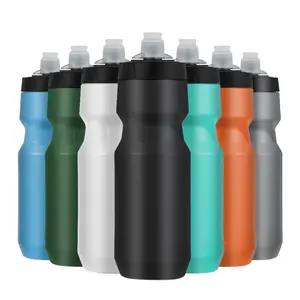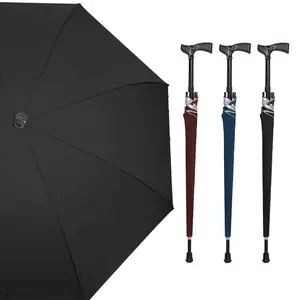Popular in your industry


































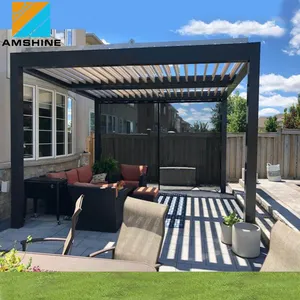
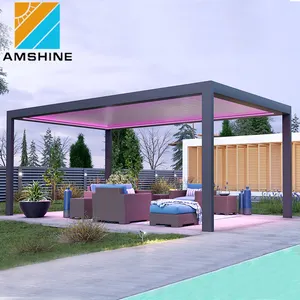








































Top categories
About steel frame structure car parking canopy
Introduction to Steel Frame Structure Car Parking Canopies
Steel frame structure car parking canopies are essential installations for modern parking lots, providing durable and robust protection for vehicles against environmental elements. These structures are characterized by their steel skeletal frames, which support the canopy that shields parked cars.
Design and Materials
The design of a steel frame car parking canopy is a critical aspect, focusing on both functionality and aesthetics. The steel used is typically of industrial-grade, ensuring longevity and resistance to corrosion. The canopy material is often a high-density polyethylene or polycarbonate, chosen for its durability and translucency.
Types and Applications
There are various types of car parking shades, ranging from single-row designs for small spaces to large, multi-level structures for commercial use. These canopies are versatile, suitable for residential, commercial, and industrial settings, providing a practical solution for vehicle protection.
Features and Advantages
A car parking tent comes with features such as UV protection, water resistance, and the ability to withstand various weather conditions. The advantages of using a steel structure parking canopy include its ease of maintenance, environmental resistance, and the enhancement of property value.
Installation and Sustainability
While the installation process of a car park shade structure is intricate, the design often allows for efficient assembly. Sustainability is a key factor, with the steel components being recyclable and the canopy often made from eco-friendly materials.
Choosing the Right Canopy
Selecting the appropriate car shade canopy involves considering the size, design, and specific application needs. It is important to assess the space available and the level of protection required for the vehicles.
